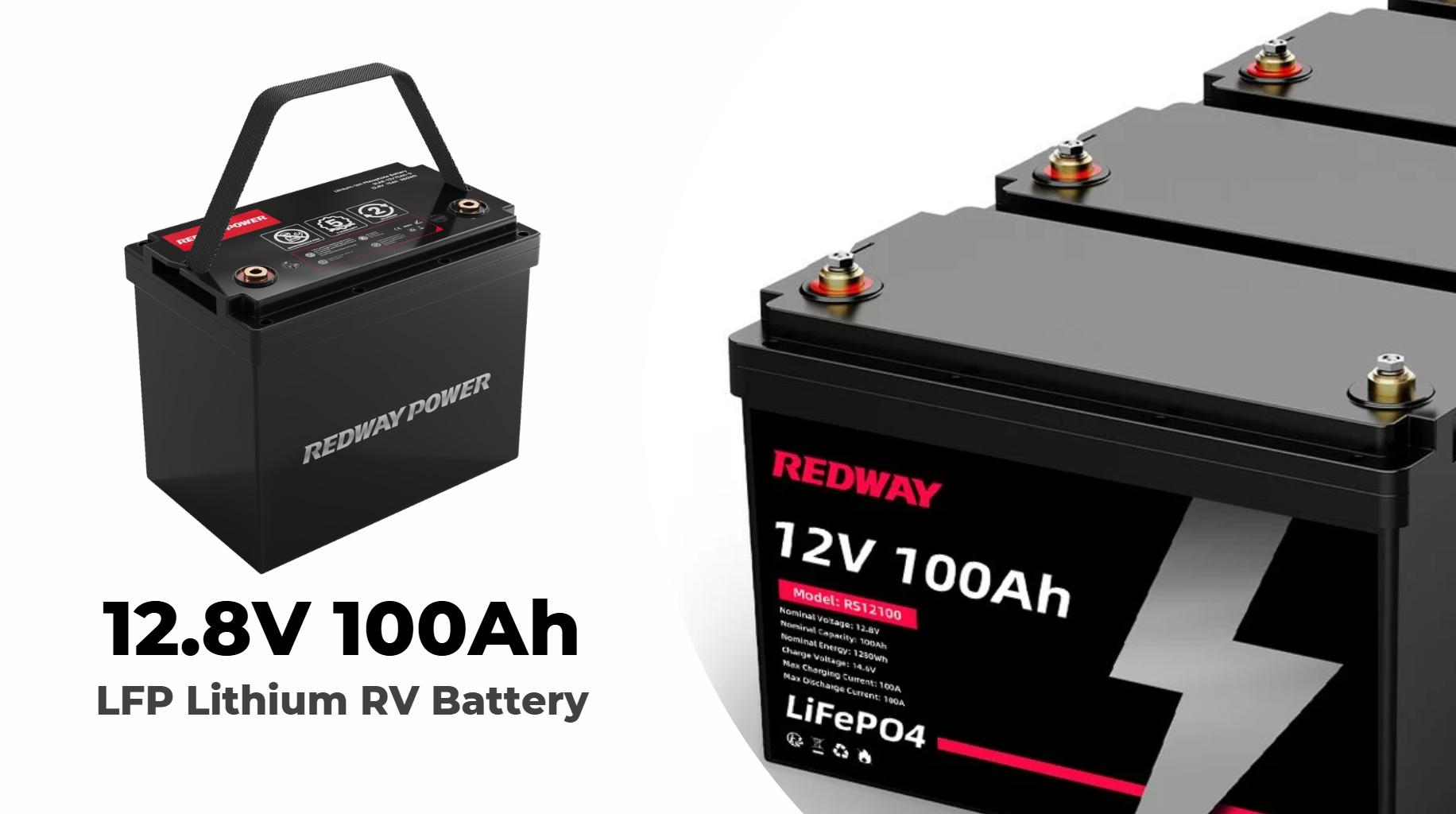You can connect multiple LiFePO4 (Lithium Iron Phosphate) batteries in series to increase the overall voltage of your battery system. The number of batteries you can connect in series depends primarily on the voltage requirements of your application and the specifications of the batteries themselves. Typically, up to four 12V LiFePO4 batteries can be connected in series to achieve a total voltage of 48V. Understanding Series Connections for LiFePO4 Batteries
Table of Contents
Toggle1. Definition and Configuration
Connecting batteries in series involves linking the positive terminal of one battery to the negative terminal of the next. This arrangement increases the total voltage while keeping the amp-hour (Ah) capacity constant. For example, connecting four 12V batteries in series results in a total output of 48V (12V + 12V + 12V + 12V).
2. Voltage Requirements
- Typical Configurations: Most applications requiring higher voltages, such as electric vehicles or solar power systems, often utilize series connections. For instance:
- 2 Batteries: 24V system (2 x 12V)
- 3 Batteries: 36V system (3 x 12V)
- 4 Batteries: 48V system (4 x 12V)
3. Advantages of Series Connection
- Higher Voltage Output: Series connections allow for higher voltage outputs suitable for various applications.
- Efficient Energy Storage: Each cell shares the load evenly, ensuring efficient energy storage and discharge.
Considerations When Connecting LiFePO4 Batteries in SeriesWhile connecting LiFePO4 batteries in series offers many benefits, certain precautions must be taken:
1. Battery Matching
It is crucial to use batteries that are identical in type, capacity, and age. Mismatched batteries can lead to imbalances during charging and discharging cycles, potentially damaging the entire battery pack.
2. Battery Management System (BMS)
Implementing a BMS is essential when connecting batteries in series. A BMS monitors each cell’s voltage and temperature, providing protection against overcharging and overheating.
3. Regular Monitoring
Regularly check the voltage levels of each battery in the series connection to ensure they are balanced and functioning correctly. Latest News on LiFePO4 Battery Technologies
- The demand for LiFePO4 batteries is increasing due to their safety features and longevity.
- New advancements are being made in battery management systems to enhance performance and reliability.
- Research is focused on improving charging technologies for series-connected battery systems.
12V LFP Lithium Battery Series Connections Guide Here
Redway Expert Comment
In our experience at Redway Battery, connecting LiFePO4 batteries in series is an effective way to achieve higher voltage outputs for demanding applications. However, ensuring that all batteries are matched in specifications is critical to avoid complications that could compromise performance and safety. As technology evolves, we remain committed to providing high-quality solutions tailored to meet diverse customer needs.”
Conclusion
In conclusion, you can connect multiple LiFePO4 batteries in series to achieve higher voltage outputs necessary for various applications. Typically, up to four 12V batteries can be connected to create a robust 48V system. By following best practices regarding battery matching and monitoring, users can safely harness the advantages of series connections while minimizing risks associated with imbalances.



